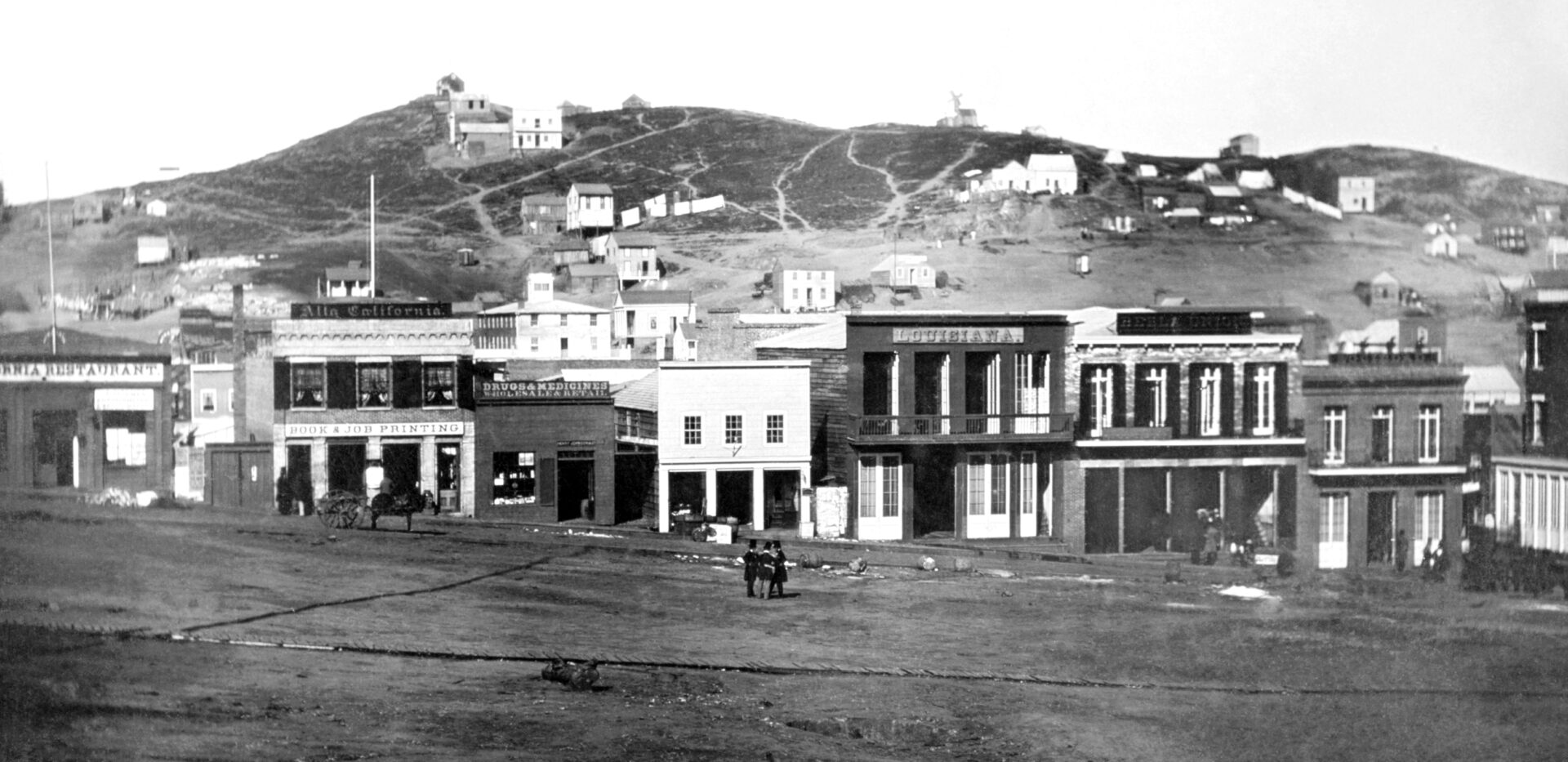Carroll Yesteryears
13 January 2013
Journey to Gold Rush Started in Carroll
By Richard Cunningham
In spring of 1849 two young Carroll County men joined a “company” of 35 adventurers that left Baltimore for California aboard the new brig Creole. Their group included men from Hagerstown, Emmitsburg, Frederick, Leesburg, Ellicott’s Mills and Baltimore County and City. Although many Carroll men went West to take part in the California gold rush, the two members of the Baltimore and Frederick Mining and Trading Company were Ephraim P. Engel and John Landers. Engel’s parents and siblings are buried outside Uniontown at Pipe Creek Church of the Brethren, and Landers’ family rests in Middleburg – but whatever happened to young Ephraim Engel and John Landers?
Searching for travelers who set out more than 160 years ago is no easy task – family memories have faded and much of the documentary evidence no longer exists. Moreover, although most of the Company’s men returned to Maryland to extend their legacies, others died en route or lived out their years in California. Discovering their stories requires some dogged sleuthing, a bit of luck, and the generous cooperation of local researchers. Here’s how the story has unfolded.
Ephraim Engel, age 21, and John Landers 24, departed with the rest of the Company from Fell’s Point on April 23 of 1849, sailed south in the ever-warming weather around Florida, past Cuba, and four weeks later anchored at Chagres, a squalid village on the Atlantic side of the Isthmus of Panama. They boarded a small steamer that worked up the Rio Chagres, transferred to native-paddled canoes, and finally switched to mules that carried them over the mountains to the ancient Spanish city of Panama on the Pacific. It was an extraordinary experience for men from western Maryland — the humid jungles were covered with lush foliage and flowers, crocodiles prowled the waters and exotic birds and monkeys filled the trees. The jungles also incubated cholera; within days three of the group had died and the glowing euphoria of adventure had been replaced by deep resentment at being misled about the dangers of the Isthmus. One of the dead was the Company’s energetic President, George Henry Waesche, from Double Pipe Creek (later known as Detour). He was buried in Panama, but remembered in ceremonies held at his Methodist Episcopal Church in late July of 1849. Waesche’s son William returned home immediately after his father’s death, leaving the Company to its fate.
In Panama their situation worsened; the city was filled with hundreds of anxious Americans unable to proceed further because the modern steamships they expected had not yet arrived. Forced to camp on the city’s outskirts, the Company eventually chartered an English brig and spent the next 83 days “bouncing around on the Pacific” until they sailed into the Bay of San Francisco on September 10th. They immediately set up tents near Portsmouth Square in the center of San Francisco, only two blocks from the undeveloped waterfront that would shortly become one of the world’s busiest ports.
To be continued.
Author Richard Cunningham is compiling the history of the Baltimore and Frederick Mining and Trading Company. He can be reached at: canoebeach@yahoo.com or 346 West Baltimore Ave., Larkspur, CA 94939.
Photo credit: Library of Congress

Photo caption: New buildings in San Francisco’s Portsmouth Square about 1851. The Baltimore and Frederick Mining and Trading Company camped on the hillside on the left from September to November of 1849.





